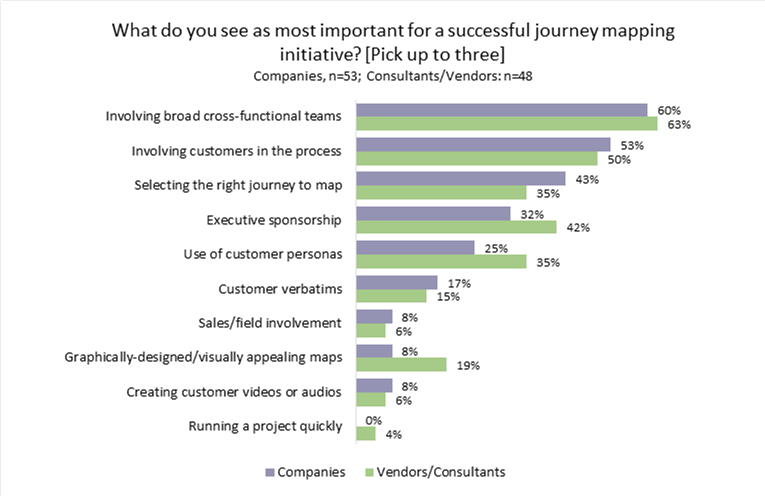
I recently participated in a round table sponsored by Barclaycard Business discussing the importance to e-commerce businesses to plan and understand their customer journeys. You can read more about the round table here.
We discussed numerous topics. But one we agreed upon was the need to simplify the experience. Customers aren’t willing to figure out your site – if it’s not easy, they’ll abandon their purchase.
You might think this is a no-brainer. But, if so, why do we still have websites that make it hard to buy, with buried “Buy” buttons, or page after page of information required before completing the transaction? If we all want to make the journey easier, why are so many still so difficult?
One cause for complexity is differing priorities. For every leader who wants to streamline the purchase process, another wants to make sure there are plenty of upsell opportunities, and a third wants to include multiple verification steps to reduce fraud. While upselling and preventing fraud are obviously good outcomes, typical implementations add complexity to the purchase journey.
What do you do when different parts of your company all have good intentions – but directly contradictory implications?
The answer isn’t found in the action phase – but instead at the earliest phases of your process. Make sure to include a broad team even before you try to learn about the customer journey. Successfully improving the customer journey requires a deliberate process long before implementing the change.
To understand best practices, we recently surveyed over 100 customer experience leaders to explore what was most critical to drive customer-focused change. The top answer might surprise you, until you consider that the top goal of mapping the customer journey is to drive customer-focused action.
The most important factor in driving successful change wasn’t senior leadership buy-in or getting the project done quickly. Instead, successful programs involve a broad, cross-functional team.
This makes sense once you know the answer. The Temkin Group found that the biggest challenge in implementing customer-focused change is “competing priorities.” Casting a wide net helps address this. By involving all the interest parties in the process of mapping customer journeys, you can better ensure buy-in with the final results.
Conversely, if a part of the company isn’t involved, good luck in getting them to buy into the results. Imagine bringing a journey map to your compliance team that shows that your customers are frustrated with all their verifications in the purchase process. Their first response will be to question your methodology (that’s always the critic’s first response). Next, they’ll argue that your research doesn’t apply to what they’re doing. Bringing the results to them after the journey is mapped makes it tough to get their buy-in.
Instead, involve them throughout the process, and have them help build your approach. If you do, it’s much harder for them to disagree with the results. Even better, if they’re part of the process, they’re more likely to become advocates and to help you design the future state.
So, take the advice of the round table and look for ways to simplify your e-commerce experience. But as you do so, make sure to also take the advice of the customer experience leaders, and create a broad-based team as you go.

